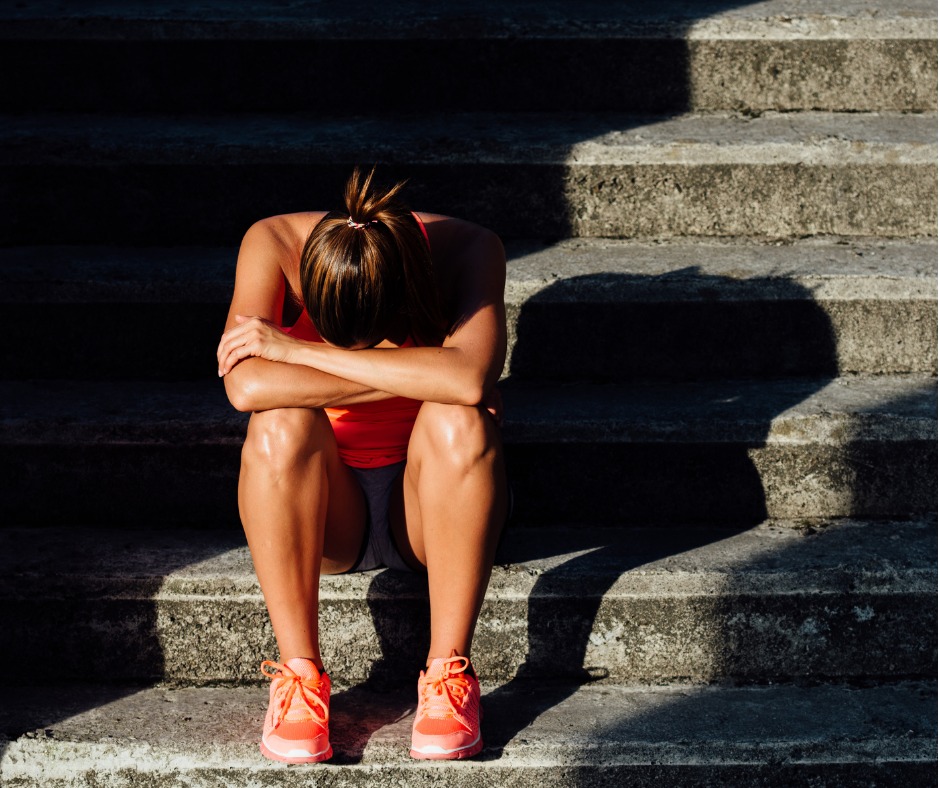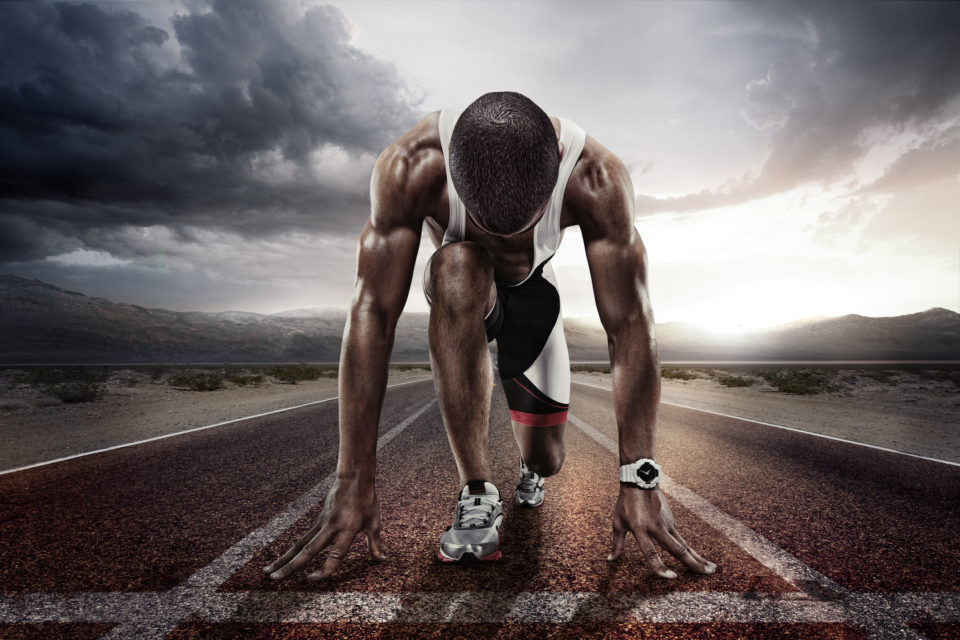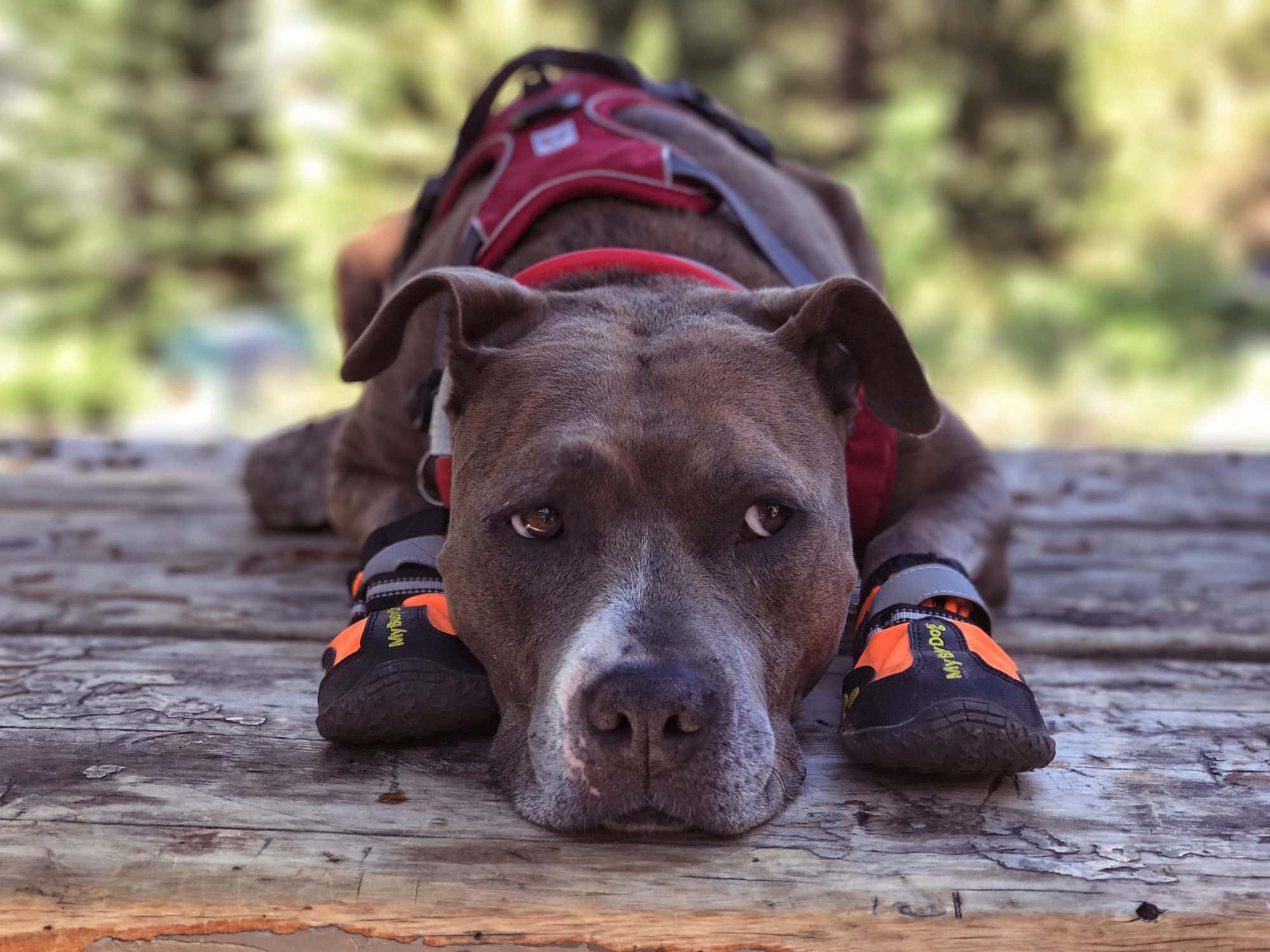Sports and Exercise Training – Ouch! What do I do if I’m Injured?
By Anderson Podiatry Center, in consult with Dr. Stephen Wilkinson, DPM, Sports Medicine Specialist
Congratulations! You’re training for an event, have begun or are maintaining an exercise routine and are motivated to compete or sustain your regime habit. You are to be applauded for taking your fitness and health seriously and incorporating it into your lifestyle. Your happy body, mind, work and social life will reward you for your efforts in a big way!
At some point in your fitness life, however, you will very likely experience pain or an injury that will frustrate or sideline you. Do you keep going? Do you take time off? As a sports medicine doctor, Dr. Wilkinson hears this a lot and has experienced it himself. How you manage these injuries, minor or not, is critical in determining if you can make your event goal or keep your downtime to a minimum and maintain your active life.
In his practice, at Anderson Podiatry Center for Regenerative Medicine, Dr. Wilkinson counsels many people to recover from injuries as quickly as possible and approaches his patient’s care and training plan with these steps and processes in mind, which helps assure they will be up and at it without skipping much of a beat. In this first of a series, we’ll present the initial steps that need to be taken to obtain a complete analysis that forms the basis of a sound and effective treatment and training plan. Then, later on, we’ll go into some of the customized specific treatment options and interventions – physical, mental and nutritional – that are utilized to get you to the finish line fast!
Step One:
A Complete evaluation begins with understanding the injury. An in-depth history is used to isolate the problem by asking questions about
- The nature, location, and duration of the injury
- The onset, course, and aggravating factors
- Any treatments tried thus far
Patients often receive advice via their peer’s experiences or from the internet without a complete understanding of how that advice affects them specifically. Such treatment or training advice can unwittingly lead to injury. Patients often continue these improper training methods beyond the point of injury and then require professional help before they can continue towards their goals. We’ll alleviate this problem with a careful and complete history of the injury.
Step Two:
Step two involves taking time to understand what the patient is trying to accomplish in detail
(weight loss, cardiovascular fitness, a race completion, a time improvement etc.).
- Intervention is different depending upon whether the desired result is subjective or objective.
This breaks down to two basic groups of people:
- This group is seeking overall fitness and use a specific goal to provide motivation for training. They want to reach the finish line regardless of how long it takes. This requires significant core and mental fitness.
- This group has established overall fitness and is pushing to improve their fitness level via improvement in time or distance; more ‘fine tuning’ and achievement of maximum capacity
while avoiding injury.
Step Three:
Step three involves understanding the patients starting point and whether or not his or her goal is reasonable to obtain by the time the patient needs to be ready to complete.
- A 10% improvement per week is our target.
In this step, distance, intensity or speed of training are advanced 10% per week. Patients can often become impatient without clear guidelines and try and accelerate their training
faster than this tried and true path resulting in injury and training setbacks. “Slow and steady wins the race” as they say. Good advice to heed! The steps above give us a great foundation from which to build a plan of action to get you recovered and on your way. In the next blog we’ll discuss the nutritional, physical and mental approaches that provide the answers you need to get past your injury and help prevent future occurrences. See you then!
If you have an important goal to accomplish and are hindered by running or exercise pain, foot problems or injury, ankle injuries, plantar fasciitis or other problems, give me a call at
Anderson Center for Regenerative Medicine. I am not only ready to listen and understand, I am also ready to help.
To make an appointment with Dr. Wilkinson, Click HERE
Dr. Wilkinson is an ultra-runner, having completed many 50 and 100-mile races. As a Podiatrist who has successfully weathered his own sports injuries in the past, Dr. Wilkinson enjoys working with patients who are also athletes pursuing their own fitness goals. He believes in injury prevention through gait analysis, biomechanics, and sound, reasonable training techniques but is also an astute provider of clinical and surgical methodology to help return injured athletes to their playing field. Learn more about sports medicine injury treatment



